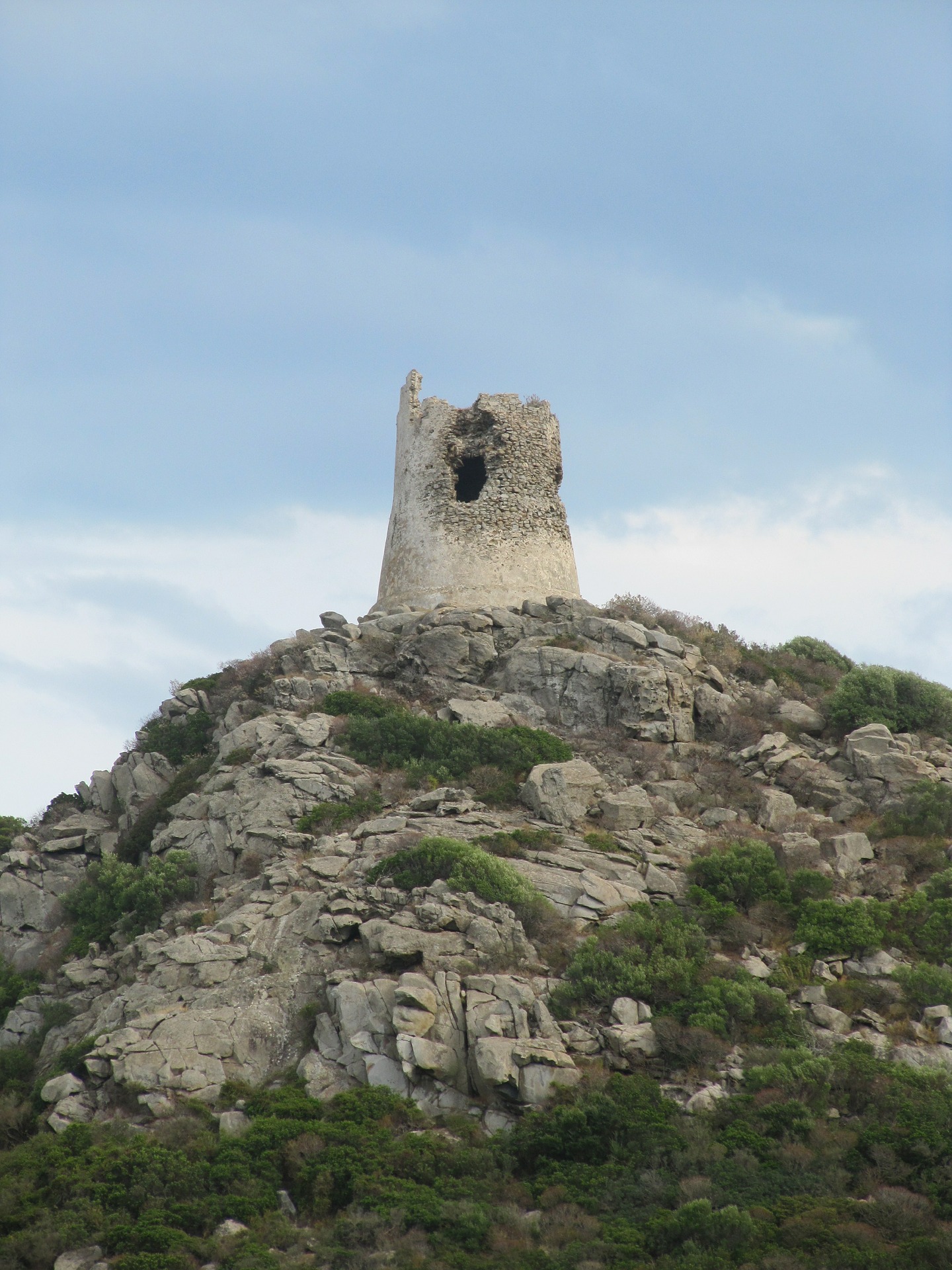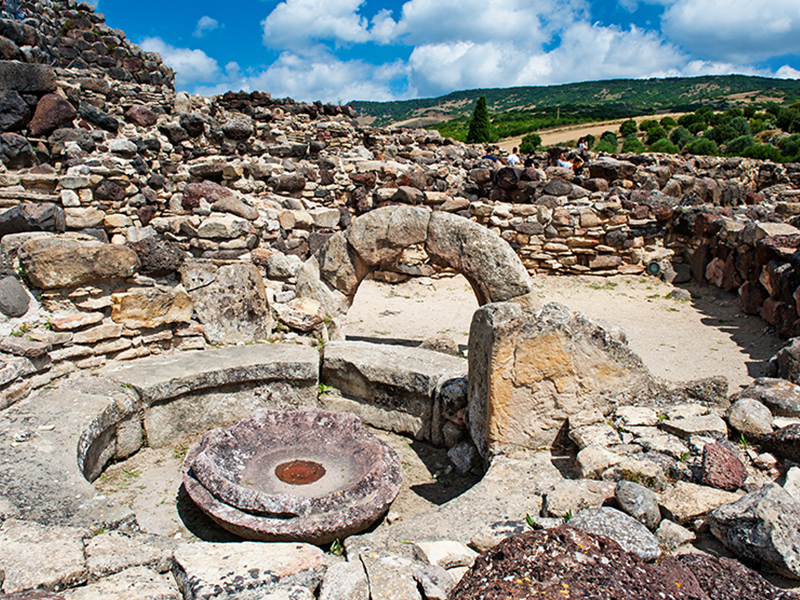Sardinia nuragica: what see?
GRAND TOUR BLOG | 28 May 2020

Sardinia nuragica: what see?

Because Sardinia is called “nuragica”?
The Sardinia is called “nuragica” because there are many Nuraghi within this beautiful region: the most beautiful attraction in Sardinia.
What are Nuraghi?
The Nuraghi are of the conical constructions formed by stones and inside they have a wonderful surprise… there are some hollow chambers dome-shaped.
Their function, scholars, they haven't figured it out yet: some think they are normal constructions while others are religious poles or military bases and some others are astronomy observers…what will be the truth? One or all of these and more?
What is certain is that, these prehistoric towers, I'm about seven thousand, they keep secrets and have a very important role in the Sardinian landscape because they enrich it with a mystery yet to be discovered.
Belong to’Bronze Age whose civilizations inhabited the Mediterranean basin.

The most important Nuraghi to visit
Let's make “a ride” among the Nuraghi and we discover the most important:
- Su Nuraxi in Barumini: it was discovered during excavations conducted in the 1950s by the archaeologist John Green. In 1997, recognizing the best preserved Nurago testimony of the Nuragic civilization, he was appointed World Heritagel’Unesco;
- Nuraghe Santu Antine: is considered one of the jewels of’Proto-Sardinian architecture. The architectural elements of which it is made make it the most beautiful. E’ composed of a central tower and a three-lobed bastion with three towers with circular vertices. It has connecting corridors, slits for shooters and a well. The tribe that inhabited this site was powerful and organized. Mauro Peppino Zedda (expert) he said they had the role of observers because their position made it possible to establish the seasons and study the sky;
- Nuraghe Arrubiu: it is located on a plateau in the municipality of Orroli (Cagliari). E’ a Nurago Pentalobate and owns 21 towers connected by gigantic curtains and spread over an area of five thousand square meters. The name He blushed it comes from color of reddish lichens which covered the basalt finds giving them splendid shades. They call it the “Red Giant“;
- Nuraghe Losa: it is found at 3 km south of the municipality of Abbasanta (Oristano). E’ formed by a Nurago trilobate: it was originally defended by a turreted wall and the nearby village surrounded by walls. During the excavations many human skeletons were discovered: so it is believed that it was built for funeral purposes. Indeed the name “release” in Sardinian it really means tombstone.



